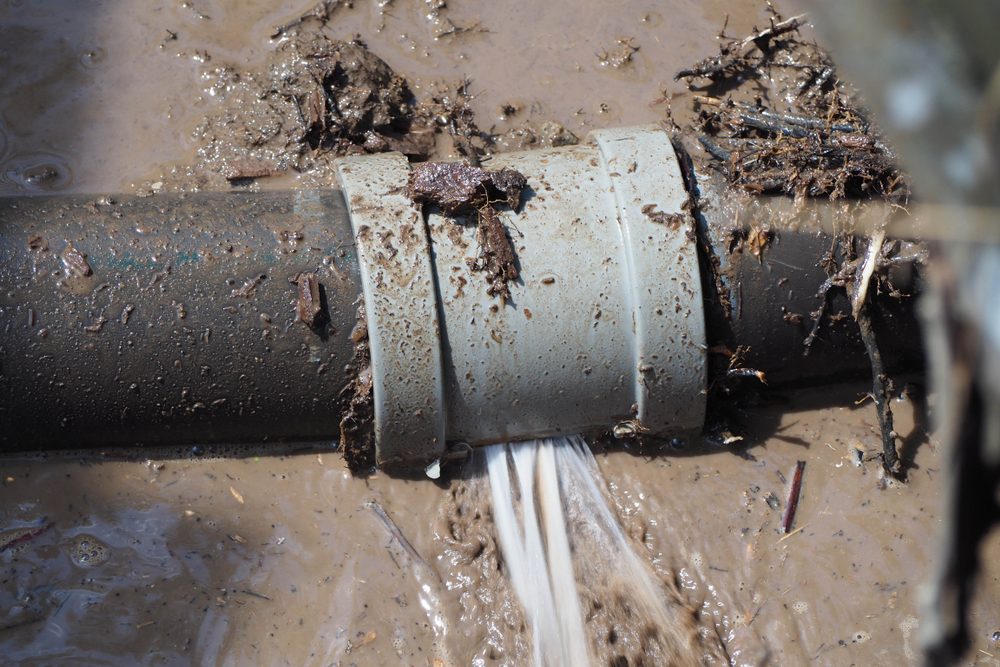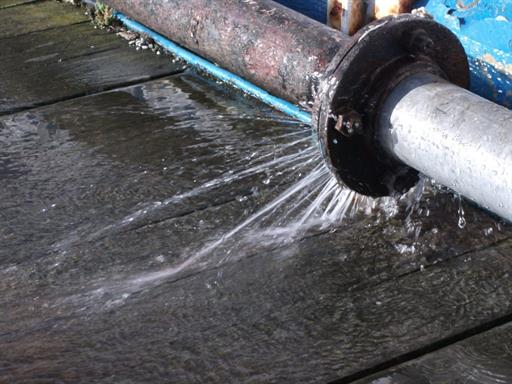How to Swiftly Spot and Fix a Busted Pipe Problem
How to Swiftly Spot and Fix a Busted Pipe Problem
Blog Article
Are you trying to find critical info about How to Install and Connect a New Dishwasher?

A ruptured pipe is a significant emergency; you can just stand as you watch water you pay dearly to rejoin with the earth. In worse instances, you discover a pool on your kitchen area flooring, which is a terrific journey threat, especially if you have youngsters around. If the pipe that burst was in your wall surfaces, problem: you may require to repaint that whole section.
Just how can a catastrophe like a burst pipeline be prevented and also managed? Well, by paying attention to your expert emergency plumbers and also following these regulations.
How do I recognize when my pipes have ruptured?
Fluctuating water stress
Pipelines do not just burst in a day. You may have observed that your kitchen tap or shower does not run instantly when you transform the faucet. It may stop for a few secs and then blast you with more pressure than usual.
In various other circumstances, the water may seem regular at first, then drop in pressure after a couple of secs.
Wet walls and also water stains
Before a pipeline ruptureds, it will leakage, most times. If this consistent dripping goes undetected, the leak may finish right into a wide laceration in your pipeline. One simple means to prevent this emergency is to keep an eye out for damp wall surfaces ad water stains. These water stains will lead you right to the leakage.
Puddles under pipelines and also sinks
When a pipeline ruptureds, the discharge forms a pool. It might show up that the puddle is growing in size, and no matter the number of times you mop the puddle, in a few minutes, there's another one waiting to be cleaned. Typically, you may not be able to trace the puddle to any noticeable pipelines. This is an indicator to call a specialist plumber.
Untraceable leaking sounds
Pipeline bursts can occur in the most unpleasant areas, like within concrete, inside wall surfaces, or under sinks. When your home goes silent, you may be able to hear an annoyingly persistent trickling sound. Also after you've checked your shower head and kitchen tap, the trickling might continue.
Dear viewers, the trickling may be coming from a pipeline inside your wall surfaces. There isn't much you can do concerning that, except tell a specialist plumber.
Shut down the Water
When water freezes, it expands in quantity by regarding 9 percent. And it increases with tremendous pressure: The pressure inside pipelines might go from 40 pounds per square inch to 40,000 psi! No pipeline can hold that much stress, so it breaks open. The break might happen where the ice types, but regularly, it happens where water stress discovers a vulnerable point in the pipeline. That might be inches or even feet from the icy area. Find the water shutoff valve and also shut off the water to prevent even more damage. You could also require to turn off the electricity too, depending upon where the leaks happens and just how big it is.
Infected water
Many people assume a burst pipeline is a one-way outlet. Rather the contrary. As water spurts of the hole or gash in your plumbing system, contaminants discover their way in.
Your water may be polluted from the resource, so if you can, inspect if your water container has any troubles. Nevertheless, if your drinking water is provided and detoxified by the city government, you should call your plumber quickly if you see or smell anything amusing in your water.
What do I do when I identify a burst pipeline?
Your water meter will remain to run even while your water wastes. To decrease your losses, locate the major controls and transform the supply off. The water mains are an above-ground structure beside your building.
How to Fix & Detect a Leaking Pipe
How Do I Know if a Pipe is Leaking?
Leak detection tests can help you determine if your pipe has a leak. Even if you don’t see an apparent leak, you should still conduct leak detection tests regularly to save water and money—and prevent major damage to your home.
Water meter. It can be helpful to figure out what your usual water meter usage numbers are and then monitor them regularly. To monitor your meter, first, turn off all water faucets in your home. Check the meter and write down the numbers. In a few hours, check the meter again. If the numbers have changed, you have a leak. Water gauge. Use a water gauge to test your water pressure. Your showerhead should produce a certain amount of water pressure based on its model and design. If the pressure is lower than it is supposed to be for that specific showerhead, your home likely has a leak. Puddles. Look inside your bathroom, laundry, and kitchen sink cabinets. Puddles around the cabinets or around toilets, tubs, showers, and washing machines indicate the presence of a leaking pipe. You may also notice loose tiles, peeling or flaking paint, or mold caused by water accumulation. Napkin test. Even if you don’t see any puddles, you may still have a leak. You can test for water leaks in the bathroom, laundry, and kitchen by wiping below-sink connections with a napkin, paper towel, or piece of toilet paper. If it becomes damp, you probably have a leaking pipe under the sink. Discolored walls. Walls that are discolored—usually with brown or yellow stains—or bulging might mean that they have been impacted by water damage caused by a leaking pipe. Smell. A leaky pipe will create sitting water, and over time, that water may develop a musty smell. If your home smells musty, but you can’t locate the source, it may be due to a leak. Steps for Fixing a Leaking Pipe
A leaky drain can be remedied by tightening the pipe base, replacing the drain seal, caulking the rim, and tightening the pipe nut. Similarly, a leaking toilet pipe can be treated by tightening the packing nut. You may also need to replace the valve. A leaky faucet may just need tightening or replacement of the washers. If that doesn’t work, consider replacing your faucet. If your pipe has a hole in it, you may want to use a pipe leak sealer or pipe leak tape. This quick fix for water pipe leaks can also temporarily fix a copper pipe leak. https://www.ahs.com/home-matters/quick-tips/how-to-tell-if-pipes-are-leaking/

As a keen person who reads about What to Know Before Installing a Dishwasher, I was thinking sharing that blog post was a good idea. Sharing is good. Helping others is fun. Thanks a lot for your time. Don't hesitate to check our blog back soon.
Need help? Call. Report this page